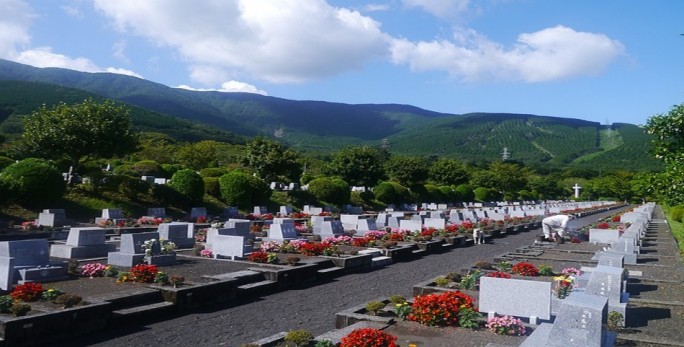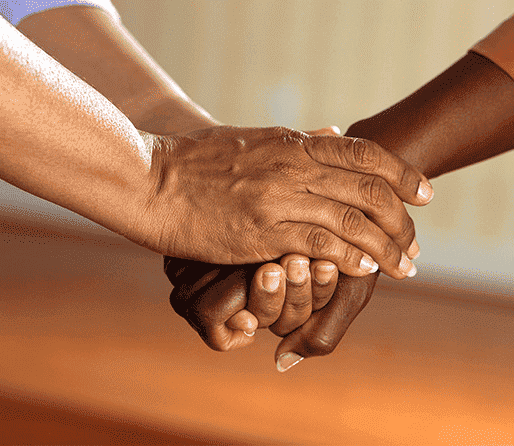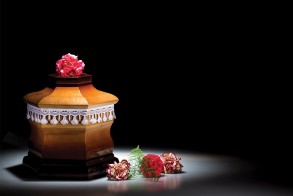Lastjourney Blog
What Happens in a Cremation Ceremony? -Everything from the Start to the End


Reading Time: 4 minutes
In the Hindu religion, there are many rituals that are performed by the family of the deceased person for the salvation of the departed soul. The deceased body undergoes the cremation ceremony right after the funeral. This death ritual is considered the most important for the departed soul as it helps it in liberating from the materialistic bonds and merge with the Panchtatva (five elements ).
As we all know that this death ritual has great significance in our religion, and the family members should perform it at the appropriate time and place. One must aware of each guideline and have a wide knowledge of the information related to the cremation ceremony.
What is the appropriate time to perform the cremation ritual?
In the Hindu religion, the cremation ritual should be performed from dawn( the time when the sun rises) to dusk (when the sun sets). This mid-time is considered appropriate for the cremation according to our holy Vedas and religious belief.
What is the process of offering cremation to the deceased body?
The way of Cremating a deceased body varies from one another in different religions but there are a few things that remain the same. Here in this article, you will know about each step that plays a significant role in the Hindu cremation ritual.
-
Prepare the body for cremation
Before offering the cremation service to the departed soul, it is mandatory to prepare the deceased body. The following steps will make you aware of the entire process of making the body ready.
- The family members wash the deceased body twice or thrice with the holy water of the river Ganga.
- They put a new, white cloth on the body or wrap the body with it. In the case of a woman, if her husband is alive, the body should be wrapped with a red saree or other red clothes.
- After wrapping the body with new clothes, the family members embellish it with floral garlands and flower petals.
- The prepared body is placed on the pyre by the family members.
- It is believed that the toes of the deceased person should be tied and Gangajal, Tulsi leaves should be placed in the mouth of the departed person.
- The position of the body should be in a specific direction as the head must be towards the south direction and the feet should be north facing.
- The elder people of the family perform these activities. In their absence, a priest can do the above activities on the behalf of family members.
-
Cremation ritual process
After placing the well-wrapped and embellished deceased body on the pyre along with the bier, the elder son should kindle the pyre with the Agni. Any other person can also perform this ritual but he must have the consent of the family members. The person who is taking part in the cremation should start the process of setting the pyre on fire from the head of the deceased person and then move in the anti-clockwise direction. In the case of females, it starts from the feet.
For kindling, the pyre one should not use objects like kerosene, petroleum and other combustible materials. Instead of such objects, one should use camphor, ghee and incense sticks. One can use the woods of sandalwood, Aam, neem etc to prepare the pyre. All people who are participating in the cremation ritual should wait till the complete cremation of the body. The priest chants various mantras during the entire process so that the departed soul can attain peace and satisfaction.
-
What should be done after the cremation?
Once the body is fully cremated from the head to the toes, the family members can return home after getting permission from the priest. The very next day the family person who is leading all the death rituals, should go to the cremation place and collect the ashes after getting the permission from crematorium authorities. These remains or ashes should be kept in an urn or a pot safely. After completing all the death rituals like teharavin/ chautha, Pagadi Rasm, Pind Daan etc, these ashes should be scattered or flown in the holy water of the river Ganga. This activity depicts that the departed soul has attained eternal peace and has set itself on a new journey.
Guidelines that you must follow during the Cremation Ceremony
The cremation ritual is considered the most important among all final rites. Therefore, people should follow the guidelines which are mentioned in the holy Vedas and other religious texts. The points which are given below will make you aware of these directives so that you can follow them strictly.
- The elder person who is participating in the cremation should wear white clothes. Other family members can also choose white costumes to wear on this day as white colour signifies grief.
- After completing the cremation process, the family members and friends should not look back. It is believed that the departed soul tries to return with family and friends.
- After washing the body with the holy water of river gangs, it should be coated with ghee, sesame oil and sandal paste.
- It is mandatory to move around the deceased body as it shows your honour and love towards the departed person.
- During cremation, the family members, friends, relatives and colleagues should pray for the salvation of the deceased person.
Why it is important to cremate the body?
The cremation ritual is not only beneficial for the deceased person but for the family members also. When the family offers a dignified cremation ceremony to the beloved departed person, it makes them free from their onus. The scientific reason behind cremating a deceased body is to refrain the microbes from spreading and causing illness. It is believed that after cremation the soul is converted into a good spirit or Pitr. Offering dignified cremation results in countless blessings for the family and friends. The departed soul after cremation includes itself in the ancestors.
Your email address will not be published. Required fields are marked *












